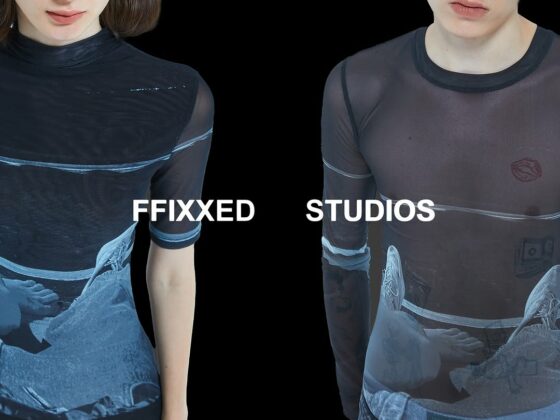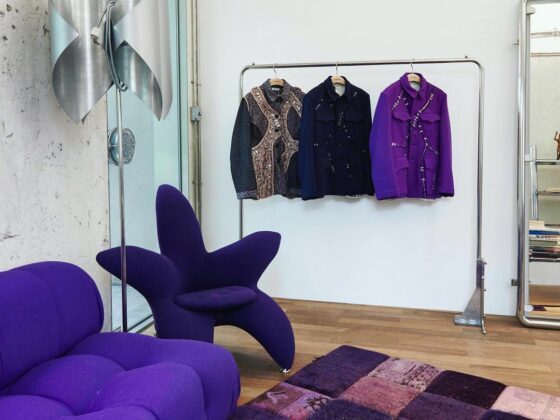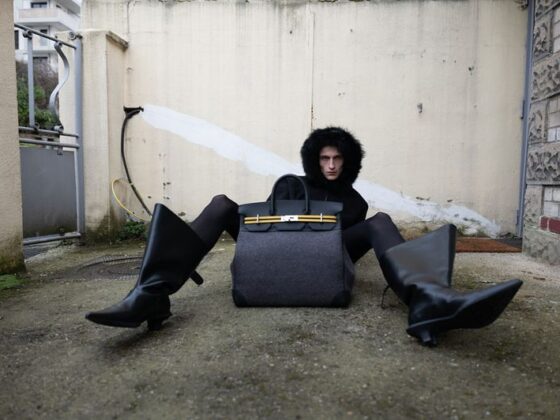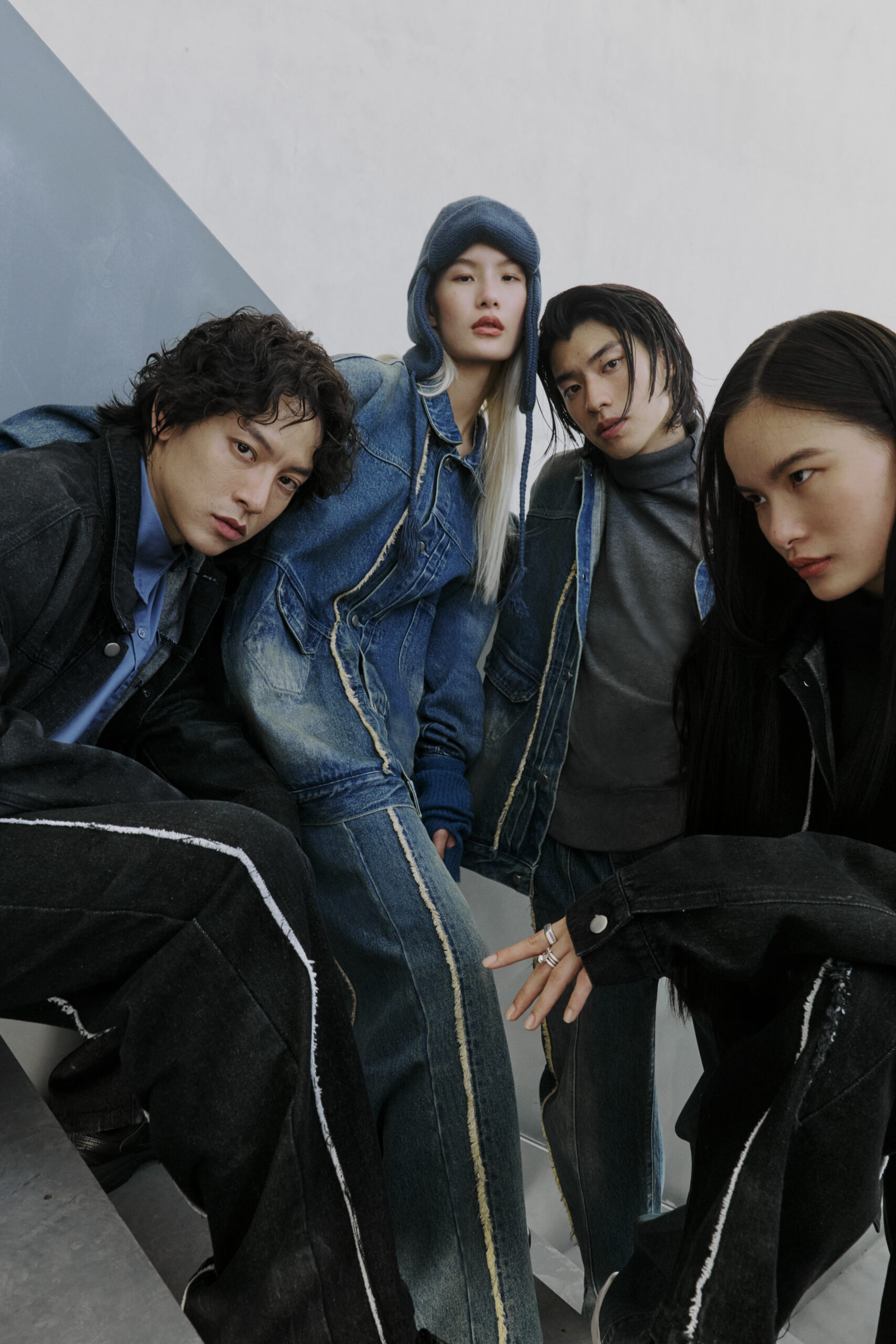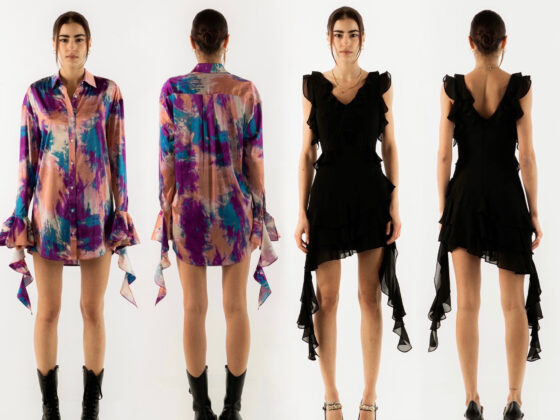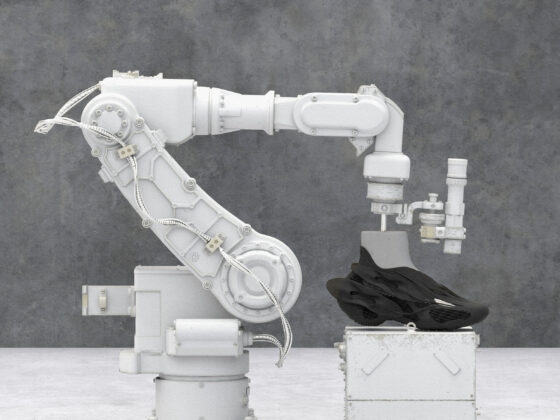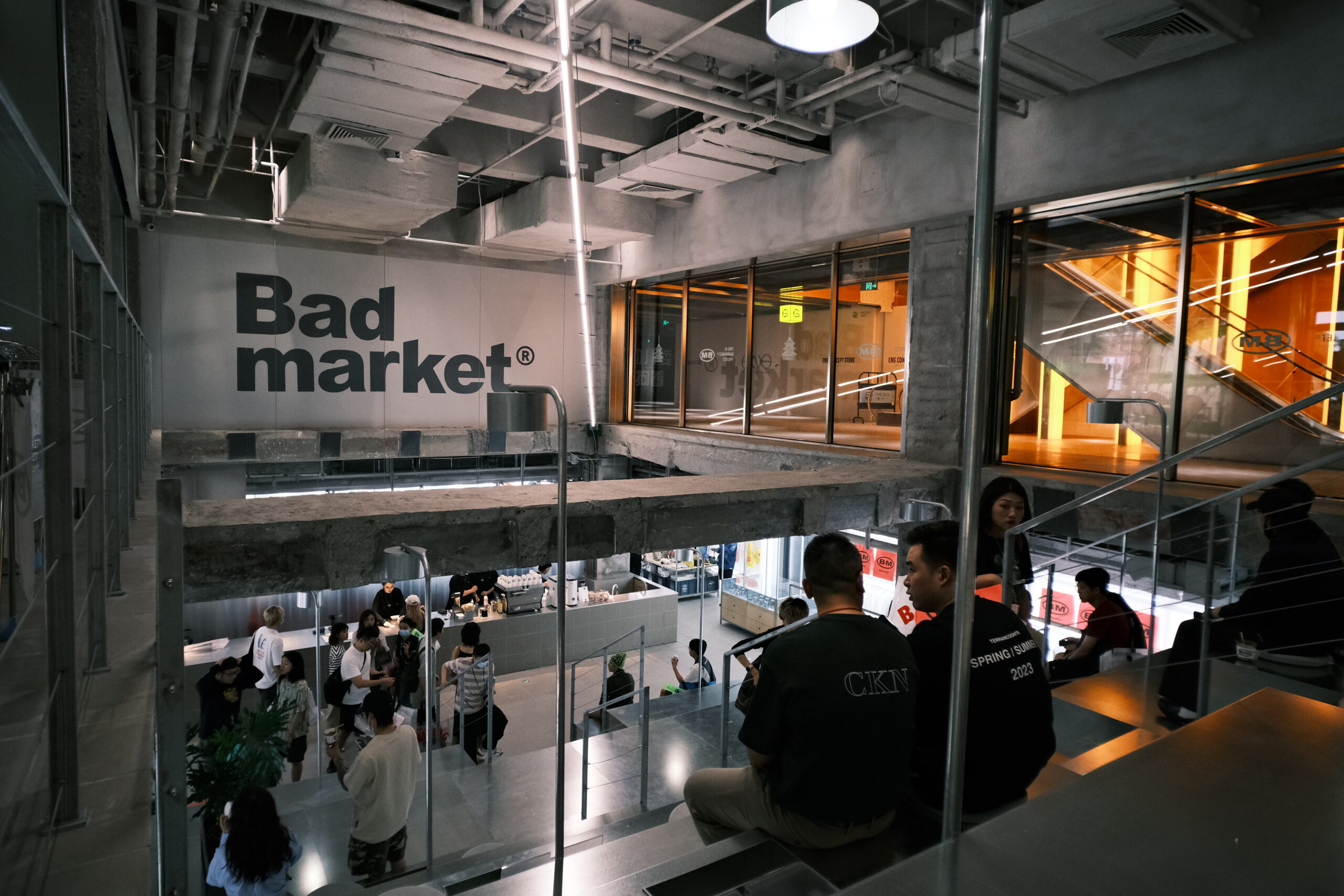This is a new project in which we ask fashion designers from around Asia about their journey in the Asian fashion industry and how they view the current Asian fashion scene. In this two-part interview, we welcome Karchun Leung, former editor of MODERN WEEKLY and NUMÉRO CHINA, and his unique experiences in both fashion journalism and merchandising.
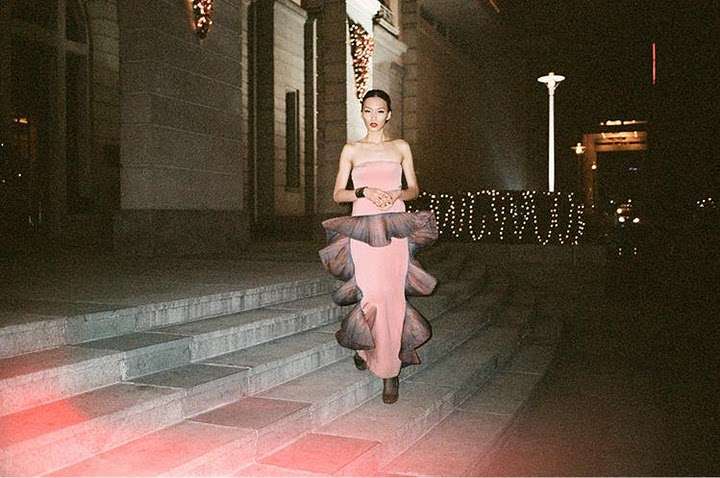
Nana : Thanks so much for joining us today! Let us start off with your self-introduction and a little bit on your background.
Karchun : My background has nothing to do with what I do now and it’s funny since actually, I’m a business school graduate in accounting. And while I was in university in Hong Kong, there was an opportunity for me to write articles for a newspaper that focused on menswear, streetwear, and trendy styles of that time. That’s probably my starting point. After a while, I started to move within the industry of men’s fashion. Another reason why I work in fashion is related to RAF. There was this time I was at a multi-brand store in Hong Kong and they were selling RAF and saw that their collection was collaborating with New Order. and I think that was my starting point in fashion because that moment made me see that fashion is not something you just wear but also related to music and culture. I’d never thought that I’d be in fashion until I saw that collection and after that, I was like “fashion is quite cool” which led to my craving for information about fashion and new designers. And as I was working for the newspaper, I started to connect with a lot of people including different brands. But the thing is when you work for newspapers, there’s a routine that you need to do seven days a week. After three years of routines every day, I started to think that maybe I should do something more related to fashion and my friend had asked me if I wanted to work for IT. So, I eventually got hired into the visual merchandising team which required me to go to the store every day. In the morning our team would be at the office and after lunch, we would all go to different stores and do tasks in storage and other stuff. This was quite interesting and I think this was an important time for my career because it allowed me to see fashion from completely different angles than before. When you’re a media person in fashion, you’re always judging like “Why is this collection so boring?” “I can’t remember anything about this collection”. But when you’re in retail, we think about stuff like “Why does this piece exist?” and “What is fashion?”.
Nana : I actually think that I’ve never heard of someone like you who has had experiences in both branding and fashion journalism.
Karchun : Yeah. Well, I mean not many people would change position since it has its risks, the goals and tasks within media and merchandise are very different. And especially visual merchandising is very tough, you have to work a lot and a lot of the work can only be done after hours. But when I was younger, I think the idea of being in the empty store after hours every day was just so fun for me. The interesting thing about visual merchandising is that the company is selling the products but if the product isn’t selling, it becomes your responsibility and everyone is counting on you to sell it. Even for the products, you don’t like, you have to find a way to present them nicely. That experience in merchandise gave me the essential skills of working in fashion and allowed me to understand more about the differences of each brand and why one product is selling more than the other. These experiences and new points of view actually helped me a lot as I’m working with designers now.
Nana : I see.
Karchun : After two tough years in merchandise, the chief editor of a quite famous magazine in Hong Kong called “City Magazine ” asked me if I wanted to start working for the fashion bit of the magazine. I was like “OK, for sure” since it was a job everyone wanted in Hong Kong and for me, it was a life-changing moment as it gave me an opportunity to start working for fashion week. After getting a job for “City Magazine ” I started going to fashion week in Tokyo, New York, and Milan and Paris, I think I went for ten years. After four years working for “City Magazine ”, I moved to Shanghai in 2007 and I started to work for “Modern Weekly ” but at that time the Chinese fashion industry was still in the process of developing and the market was getting bigger and receiving more attention. And it was interesting since before, we would normally be around the fifth row at fashion week. But within two years or so, we started being in the first row. I was just talking with another Chinese designer about what happened in the last ten years and how nobody used to care for Chinese designers but now so much attention is being put on new Chinese talent in fashion and the way people and international fashion media perceives China has changed a lot.
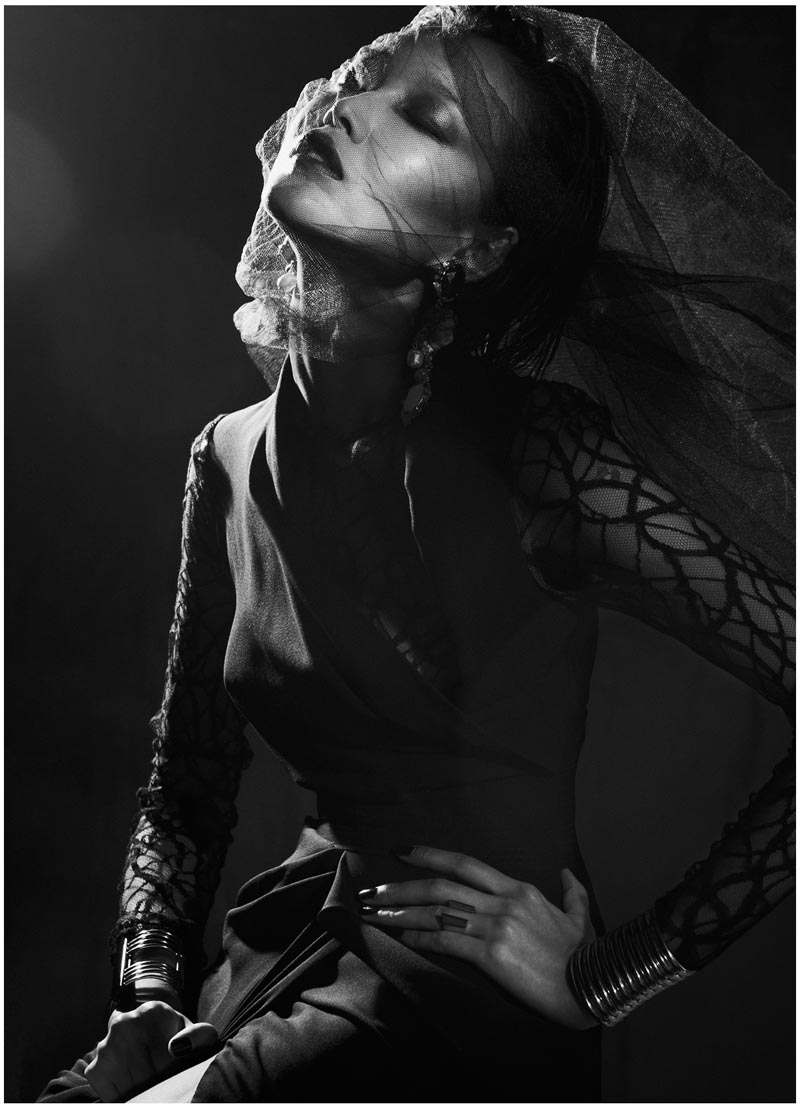
Nana : Wow, interesting, because I always also wanted to ask you how the Chinese fashion market developed since so many people now put focus on Chinese fashion and designers as it is all so innovative.
Karchun: It has definitely changed within the last 10 years. I forgot which exact time it was but I think that the rise of China Fashion Week was the starting point about eight years ago. People started to see the potential of the Chinese fashion market as China Fashion Week started to become more international and especially Shanghai Fashion Week as the market tried to create possibilities to do something about it. As someone in the media, I organized a lot of talks, dinners, and exhibitions for Fashion Week to make it a more fulfilling and creating atmosphere. Last year was my twentieth year working at Fashion Week and I started to think about the reason I’m working for a magazine and it’s because I like fashion. And after twenty years in the magazine, I thought that I should focus more on fashion itself. For me, fashion is a language. What I mean by this is that fashion is a visual language that can relate itself to music and art. And when you try to communicate with people who know fashion and send out a picture of a piece, it means more than just the article itself. It’s about the “fashion moment” such as Madonna wearing Jean Paul Gaultier in her concert. We relate everything we see, the wardrobe, the concert, the concept, the visual. David Bowie also had so many “fashion moments” and that was his way of communicating with us and culture. And I find that so interesting about fashion. I love that creative aspect of its representation and I wouldn’t just say I don’t like art but I don’t have as much passion as I do for fashion. And so, after I quit my work for magazine, I started my work of helping Chinese designers and I noticed a major problem they faced which was that many of them started their brands too early and right after they graduated from school. And that could be good if you have a lot of money. Fashion is not only about the creative but it’s an industry and you have to learn how to deal with it. It’s not something you can do alone. So, I tried to accelerate that process with my knowledge of the industry and I decided to work more in Chinese design and focus more on bettering communication between the designers and the customers.
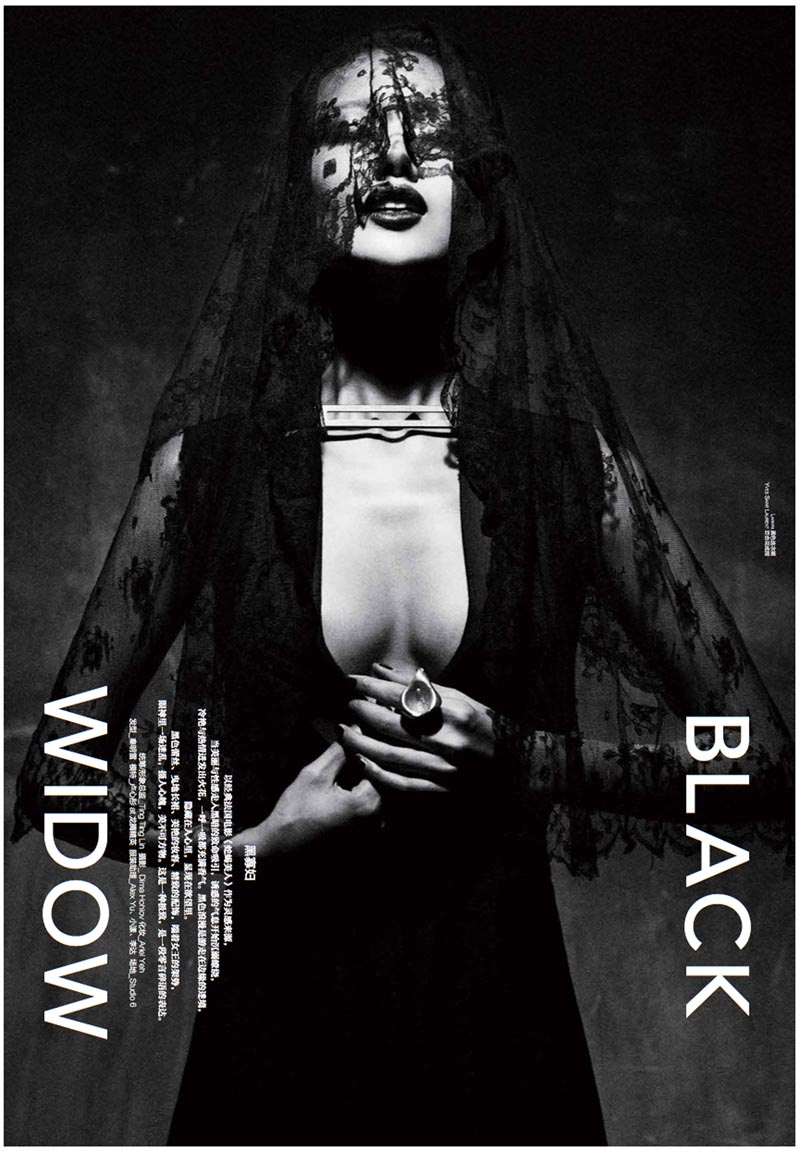
For me, fashion is a lanuguage.
Karchun Leung
Text: Yuka Yoshimura
-INTERVIEW WILL CONTINUE IN PART 2




